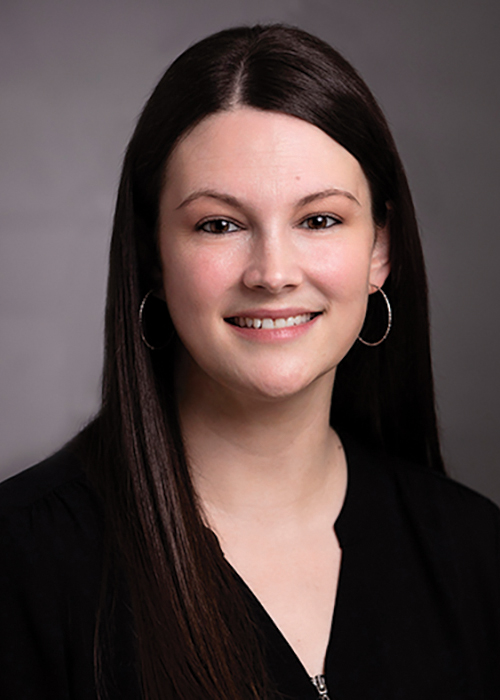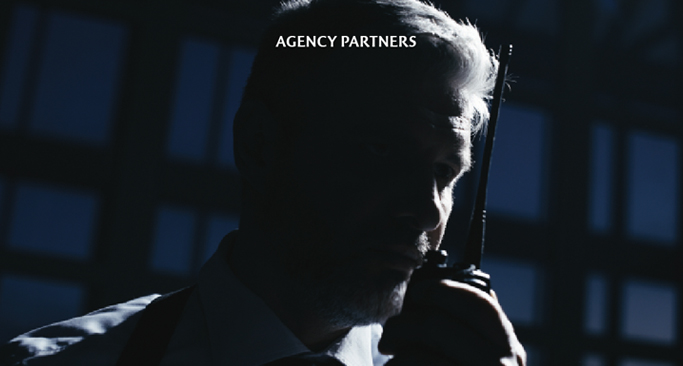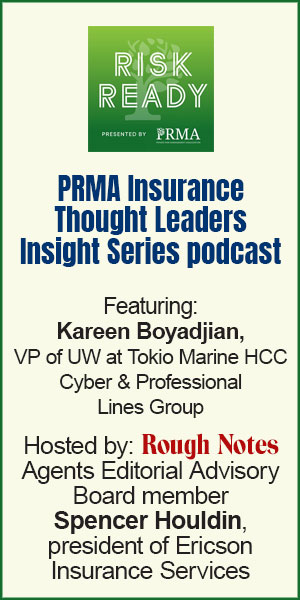Protecting the protectors
when something goes wrong
By Frank Huver
Houses of worship are not immune to the rising phenomenon of violence that plagues our society. In fact, a recent report by the Family Research Council (FRC) indicates that hostile acts against American churches have increased by 800% over the past six years—and have more than doubled from 2022 to 2023.
Here are some examples of horrific events that made national news:
- November 5, 2017. A 26-year-old man entered the First Baptist Church in Sutherland Springs, Texas. Twenty-six people were killed and another 22 wounded during the rampage. The incident remains the deadliest mass shooting at an American House of Worship.
- October 27, 2018. A 46-year-old man attacked the Tree of Life synagogue in Pittsburgh, Pennsylvania. Eleven people were killed and 6 wounded, making it the deadliest assault on a Jewish community in U.S. history.
- February 11, 2024. A 36-year-old woman entered the Lakewood Church in Houston, Texas, armed with an AR-15 rifle. Two individuals were injured in the ensuing melee, including the assailant’s own son.
Instances of these extreme events are statistically rare. But shootings aren’t the only types of hostile acts targeting churches.
The FRC reports that, from January 2018 to November 2023, places of worship experienced at least 709 occurrences of vandalism, 135 arson attacks/attempts, 22 gun-related incidents, 32 bomb threats, and 61 other incidents (assault, threats, interruption of worship services, etc.). The actual numbers are almost certainly higher, as churches can be reticent to report some of the less serious events out of concern for the resulting unwanted publicity.
Sanctuaries of worship are faced with a difficult conundrum: offering a loving, welcoming atmosphere while also coming to grips with the pragmatic need of protecting the congregation. Not surprisingly, religious leaders are responding.
Bill Yomes, pastor at Catalyst Community Church in Wilmington, Delaware, articulates the issue very well: “Shepherds have the challenging responsibility to both care for and protect the flock under their care. Providing church security is a necessary component of ministry in our culture today.
“Churches should take seriously the privilege of caring for and protecting the individuals and families in their communities,” Rev. Yomes continues. “Shepherds have sheepdogs because wolves have teeth.”
“For us, this … issue transcended pure business considerations. Our team was personally invested in crafting a product that would mitigate the unique liability exposures facing these volunteers.”
—Glenn Clark
President
Rockwood Programs
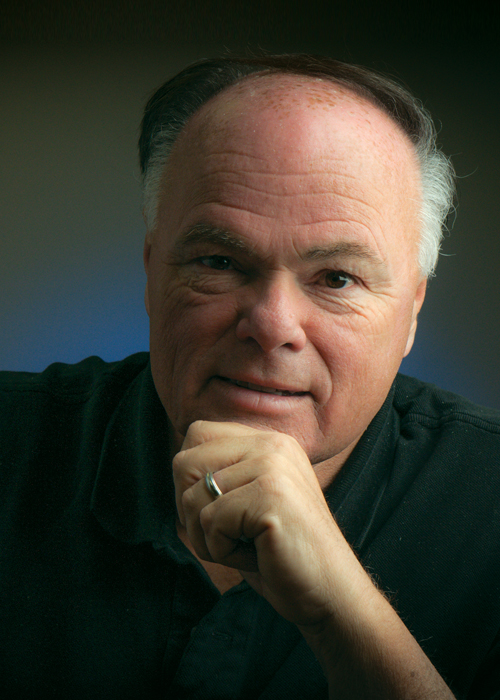
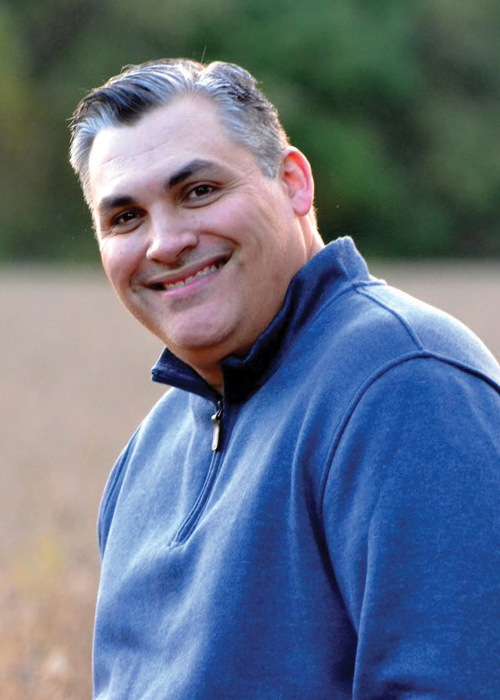
“Providing church security is a necessary component of ministry in our culture today. Churches should take seriously the privilege of caring for and protecting the individuals and families in their communities.”
—Bill Yomes
Pastor
Catalyst Community Church
The pastor’s thoughts on the matter are shared by many. A recent study indicates that about four in five Protestant pastors in the United States (81%) say their church has some security measure in place. For most, these precautions include an intentional strategy for handling a potentially hostile situation.
Managing security risks
So, what are the elements of a sound security strategy for houses of worship? The Cybersecurity and Infrastructure Security Agency—part of the U.S. Department of Homeland Security—has published a guide on the issue. Key strategy components the guide identifies include:
- Establish a multi-layered plan for security, identifying clear roles and responsibilities for developing and implementing security measures.
- Create emergency action plans and incident response plans that are well communicated and exercised with the volunteer security team for complete understanding.
- Conduct a vulnerability assessment to understand the risks to the house of worship from which subsequent safety measures can be prioritized and implemented.
- Build community readiness and resilience by establishing an organizational culture of caring, where all members and visitors are properly supported and credible threats are reported.
- Apply physical security measures to monitor and protect the outer, middle, and inner perimeters, while respecting the purpose of each area of the house of worship.
- Coordinate with local police, fire departments, and other local public service agencies to help ensure quicker response times in the event of an incident.
According to an article in the Washington Times, about 20% of U.S. churches rely on armed, professional security personnel during services, with another 5% utilizing uniformed police officers. This indicates that many houses of worship depend on volunteers from the congregation to provide protection. A 2023 Lifeway Research survey determined that 54% of the congregants recruited by Protestant churches to serve as security volunteers are armed.
These volunteers are to be commended for their altruism … but who protects the protectors if something goes wrong? Earl Burkett is the president of Strong Tower Insurance, a Florida agency specializing in coverage for churches and religious institutions.
Earl explains the issue this way: “As an agent I have seen more and more churches utilize congregants to act as security teams. Unfortunately, the financial implications of this decision are concerning.
“Some traditional insurers will cover the exposure while others explicitly exclude it,” he continues. “In most cases, the volunteer is left to their own devices if they are named personally for the actions taken to protect their church. The amount of liability incurred can be devastating.”
Addressing the volunteer exposure
Burkett broached these concerns during a meeting with several members of Rockwood Programs, a national administrator of management and professional liability insurance products. According to Glenn Clark, Rockwood’s president, the concerns resonated with his team.
“Our agency has been around for nearly three decades,” Clark notes. “During that time, we have been successful at providing insurance solutions designed to address the needs of underserved niches.
“The coverage gap Earl described was certainly compatible with Rockwood’s core competency,” he adds. “For us, this particular issue transcended pure business considerations. Our team was personally invested in crafting a product that would mitigate the unique liability exposures facing these volunteers.”
What followed was a practical example of the Biblical passage found in Proverbs 27:17: “As iron sharpens iron, so one person sharpens another.”
The first step was to find an insurance carrier willing to underwrite the risk. This was no simple undertaking, given the unique characteristics of the exposure being covered. A key issue: The covered acts are being provided by volunteers (as opposed to paid professionals).
“As an agent I have seen more and more churches utilize congregants to act as security teams. Unfortunately, the financial implications of this decision are concerning.”
—Earl Burkett
President
Strong Tower Insurance
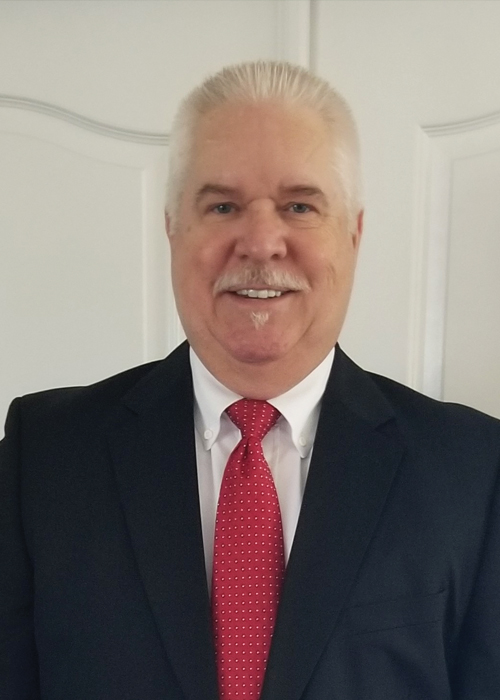
Rockwood was able to engage a global specialty insurer, Fortegra, with which the firm has a long-standing partnership. The A- (“Excellent”) rated carrier’s senior management team was amenable to the Rockwood coverage proposal and agreed to collaborate on the product’s development.
The next challenge was to obtain the appropriate policy wording. The language would have to be developed almost from scratch, due to the relative lack of precedence for the coverage. The agency approached Wilson Elser to handle the project.
While recognized as a preeminent defense litigation firm, their staff of attorneys is equally adept at crafting policy verbiage. Their 47-years of experience in adjudicating coverage disputes made them well positioned to take on the task.
Policy of protection
The efforts of the various parties involved in the undertaking ultimately culminated in the launch of a new volunteer church security product. Among the key features of the new offering:
- The coverage is purchased by the church on behalf of the security team; it should be considered a benefit for the volunteers. The product is not available at the individual level.
- Participants of the volunteer security detail may be armed, and incidents involving the use of a gun are covered under the terms of the policy. With that said, unarmed team members are similarly protected against allegations, such as the use of excessive force on a disruptive individual, illegal detention/restraint, or wrongfully accusing someone of hostile acts.
- Coverage is intended to provide legal defense and indemnity for civil actions only. There is a $300,000 limit per volunteer, subject to a $1,000,000 policy aggregate.
Of course, the true litmus test of any insurance policy is how well it responds in the event of a loss. Claims administration is provided by Wilson Elser—the same entity that crafted the coverage language. Access to a pre-claim hotline is also made available to all insureds; this facility is staffed with legal professionals from the firm.
According to Clark, the product can be used by insurance carriers, managing general agencies, and retailers with large portfolios of church business to differentiate their offerings from others in the marketplace. Direct specific questions about the coverage to Megan Franco, the agency underwriter responsible for the offering, at megan.franco@rockwoodinsurance.com or (800) 499-7242.
For more information:
Rockwood Programs
rockwoodinsurance.com
The author
Francis J. “Frank” Huver is senior vice president and chief financial officer at Claymont, Delaware-based Rockwood Programs, a full-service MGA offering several national programs.
